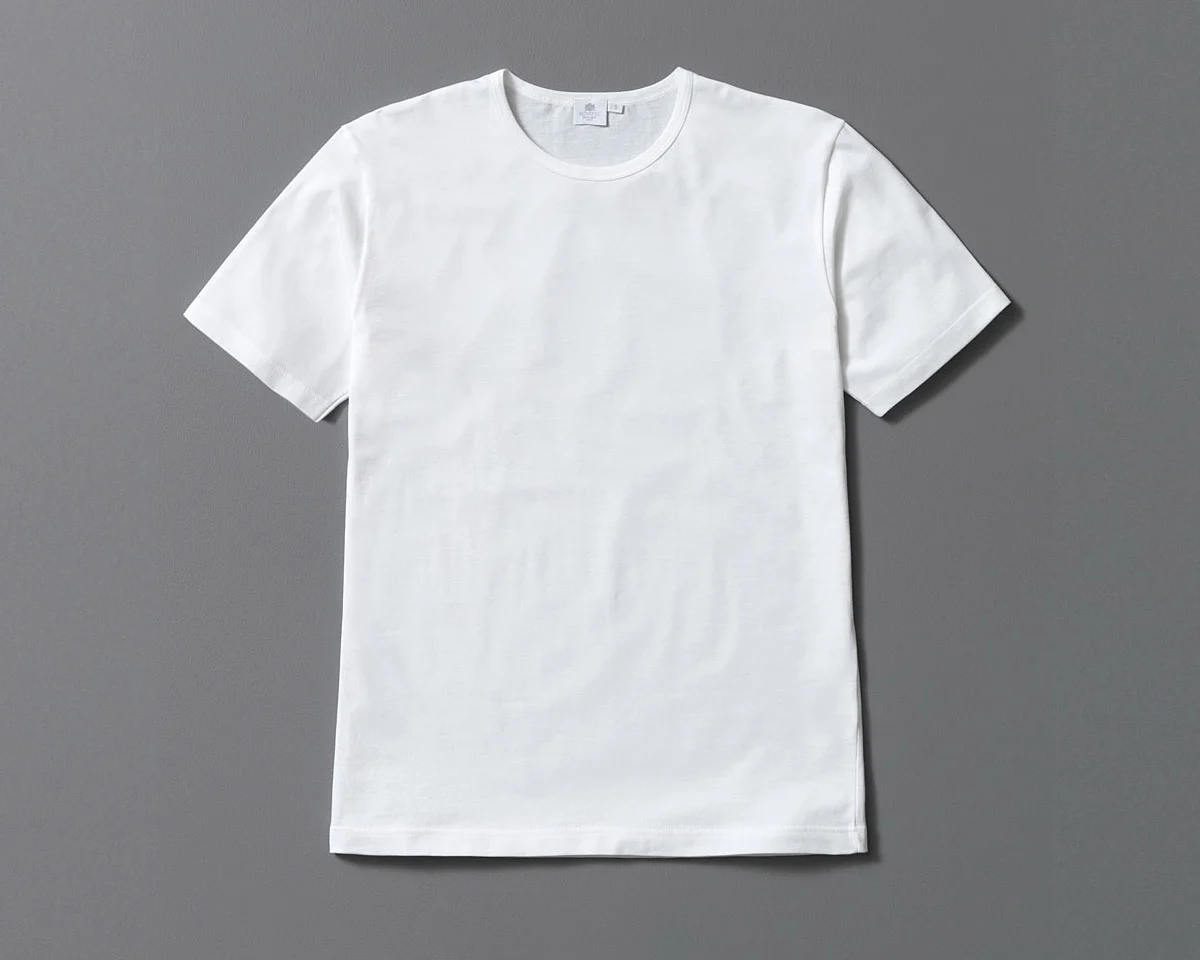The Versatility and Appeal of T-Shirts: A Comprehensive Overview
The Timeless Appeal of T-Shirts
T-shirts have stood the test of time as a staple in fashion. Originally designed as undershirts for men, they have evolved into a universal garment suitable for various occasions. Their simplicity and comfort have made them a favorite among all age groups. The basic design of a T-shirt—short sleeves, a round neckline, and a straight cut—offers a versatile canvas for creativity and personal expression. Over the decades, they have transitioned from basic underwear to a powerful medium for branding, art, and personal statements.
The Rise of Graphic T-Shirts
Graphic T-shirts represent a significant evolution in T-shirt design. These shirts feature eye-catching designs, slogans, or artwork that cater to diverse interests and subcultures. From vintage band logos to modern graphic prints, these T-shirts allow wearers to showcase their personality and affiliations. The ability to customize T-shirts with unique graphics has transformed them into a popular choice for promotions, events, and personal celebrations. Whether it’s a company logo, a funny quote, or an artistic creation, graphic T-shirts serve as a form of self-expression and advertising.
The Role of T-Shirts in Fashion Trends
Fashion trends have continually embraced T-shirts, making them a versatile wardrobe staple. Designers and brands frequently reinvent the classic T-shirt silhouette, introducing variations such as oversized fits, cropped styles, and asymmetric designs. These trends reflect a broader shift towards casual and comfortable clothing, blending seamlessly with high-fashion elements. T-shirts are now seen in high-end collections and streetwear lines, proving their adaptability and enduring relevance in the fashion industry. This constant evolution keeps T-shirts fresh and aligned with contemporary fashion sensibilities.
Sustainable Practices and Future Trends
The T-shirt industry is increasingly focusing on sustainability, addressing environmental concerns associated with textile production. Brands are exploring eco-friendly materials such as organic cotton, recycled fabrics, and low-impact dyes. These practices aim to reduce the ecological footprint of T-shirt manufacturing and promote ethical consumption. Additionally, innovations like 3D knitting and on-demand production are shaping the future of T-shirts, offering more sustainable and customizable options. As consumer awareness grows, the shift towards greener practices will likely continue to influence the T-shirt market.
In summary, T-shirts have evolved from simple undershirts to a multifaceted fashion essential. Their ability to adapt to changing trends, coupled with the rise of graphic designs and sustainable practices, highlights their enduring appeal and relevance in modern wardrobes.Sweat shirt original

